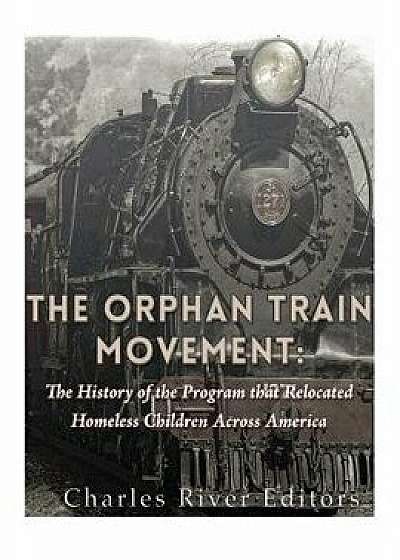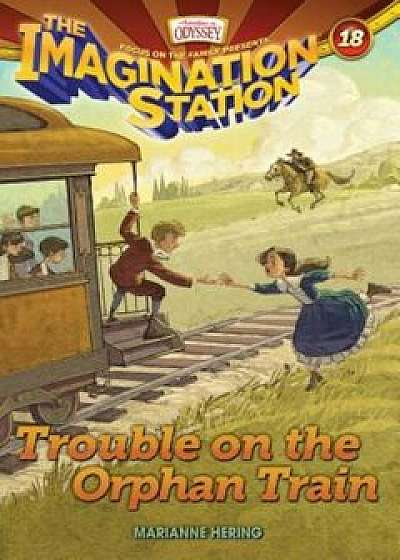
The Orphan Train Movement: The History of the Program That Relocated Homeless Children Across America, Paperback/Charles River Editors
Descriere
Description Includes pictures Includes accounts of the Orphan Trains written by kids in the program Includes online resources and a bibliography for further reading "The Orphan Trains were needed at the time they happened. They were not the best answer, but they were the first attempts at finding a practical system. Many children that would have died, lived to have children and grandchildren. It has been calculated that over two million descendants have come from these children. The trains gave the children a fighting chance to grow up." - D. Bruce Ayler By the middle of the 19th century, New York City's population surpassed the unfathomable number of 1 million people, despite its obvious lack of space. This was mostly due to the fact that so many immigrants heading to America naturally landed in New York Harbor, well before the federal government set up an official immigration system on Ellis Island. At first, the city itself set up its own immigration registration center in Castle Garden near the site of the original Fort Amsterdam, and naturally, many of these immigrants, who were arriving with little more than the clothes on their back, didn't travel far and thus remained in New York. Of course, the addition of so many immigrants and others with less money put strains on the quality of life. Between 1862 and 1872, the number of tenements had risen from 12, 000 to 20, 000; the number of tenement residents grew from 380, 000 to 600, 000. One notorious tenement on the East River, Gotham Court, housed 700 people on a 20-by-200-foot lot. Another on the West Side was home, incredibly, to 3, 000 residents, who made use of hundreds of privies dug into a fifteen-foot-wide inner court. Squalid, dark, crowded, and dangerous, tenement living created dreadful health and social conditions. It would take the efforts of reformers such as Jacob Riis, who documented the hellishness of tenements with shocking photographs in How the Other Half Lives, to change the way such buildings were











